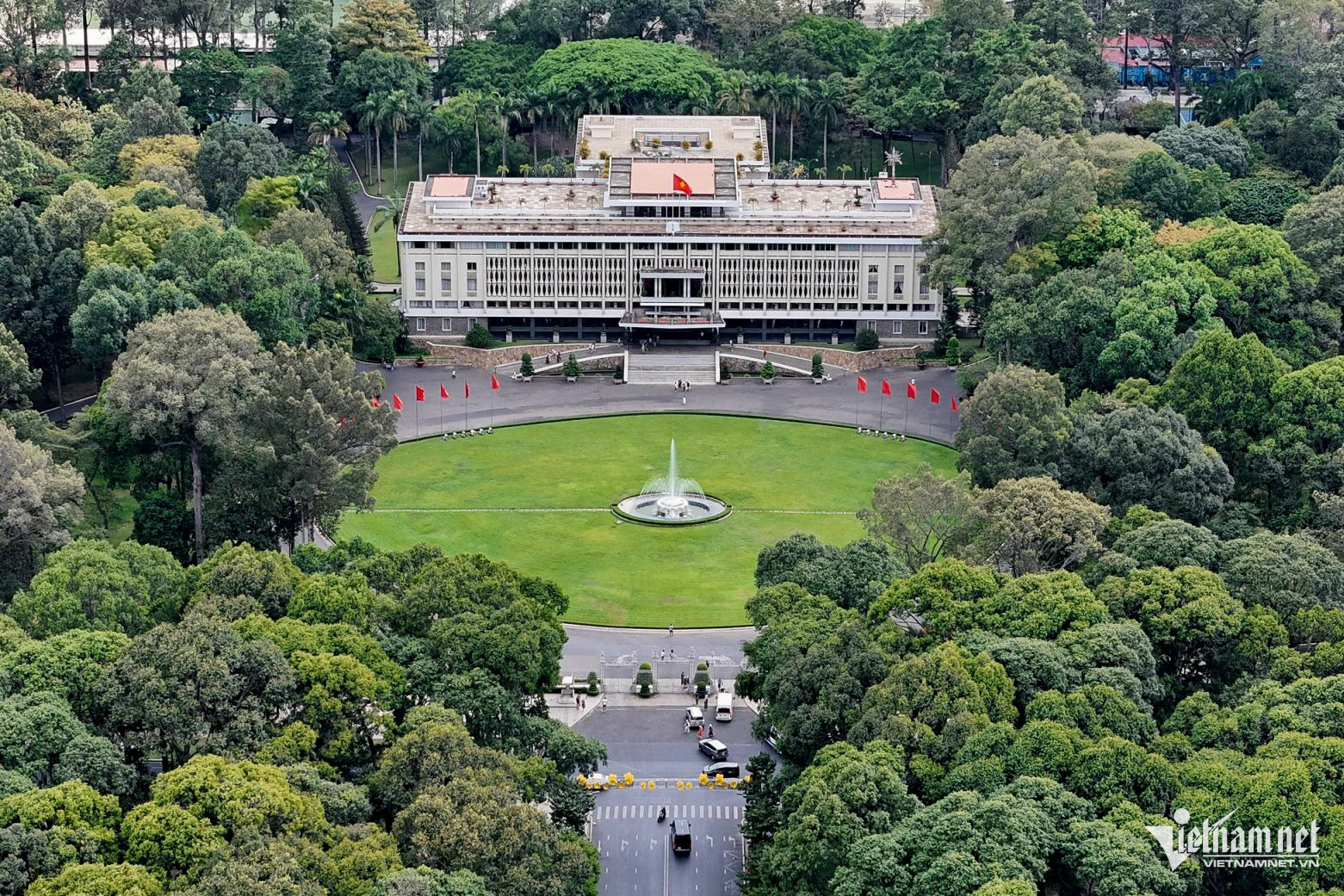
Reunification Hall (Independence Palace) is one of the historical addresses of Ho Chi Minh City. This place witnessed the important historical event on April 30, 1975 with the Ho Chi Minh campaign - the peak of the General Offensive and Uprising in the spring of 1975.
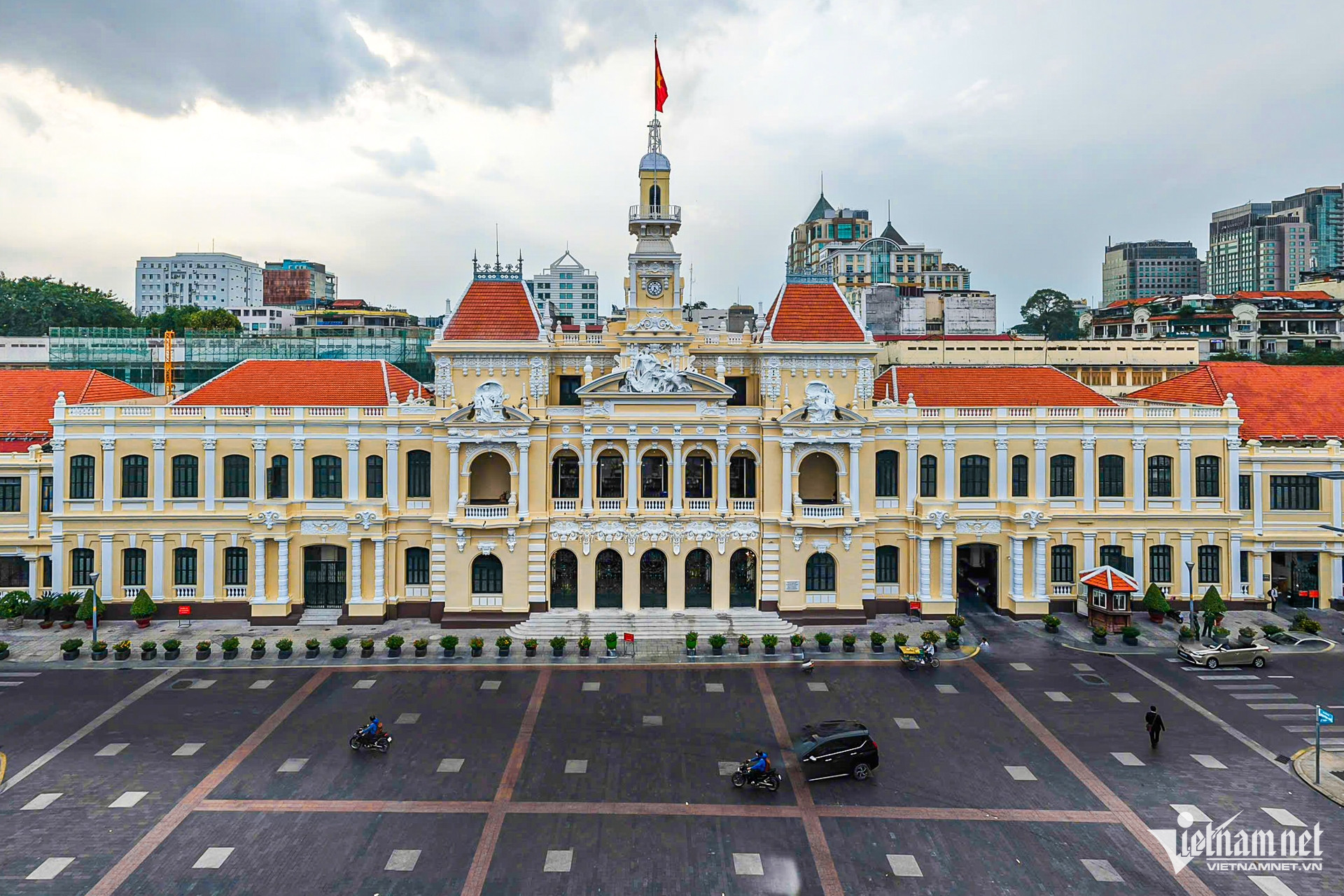
The headquarters of the People's Council and People's Committee of Ho Chi Minh City on Le Thanh Ton Street is an ancient and splendid architectural work built during the French colonial period with sophisticated Baroque architectural style; this building stands out with its delicate sculptural details and solemn appearance, becoming an architectural symbol of the city.
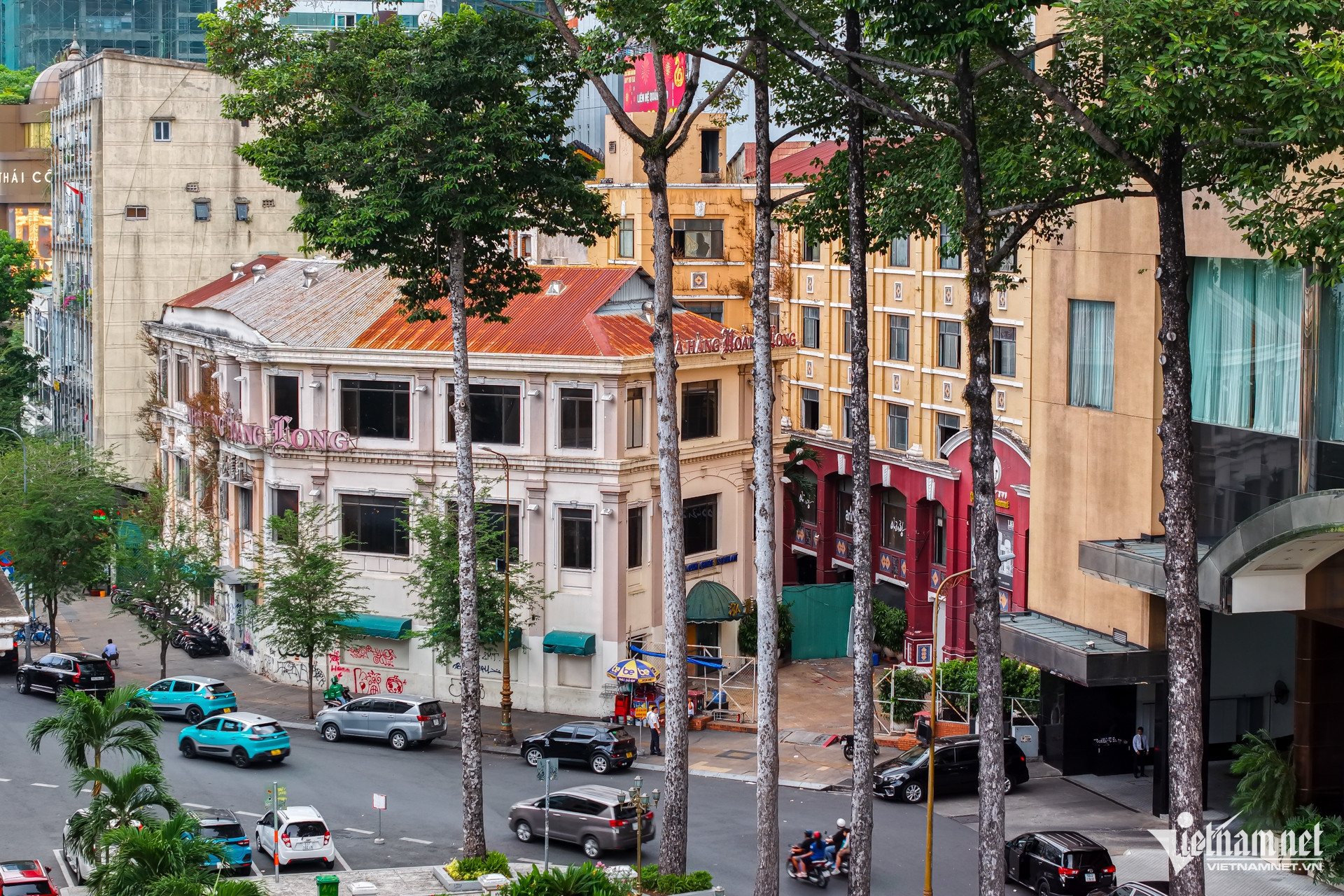
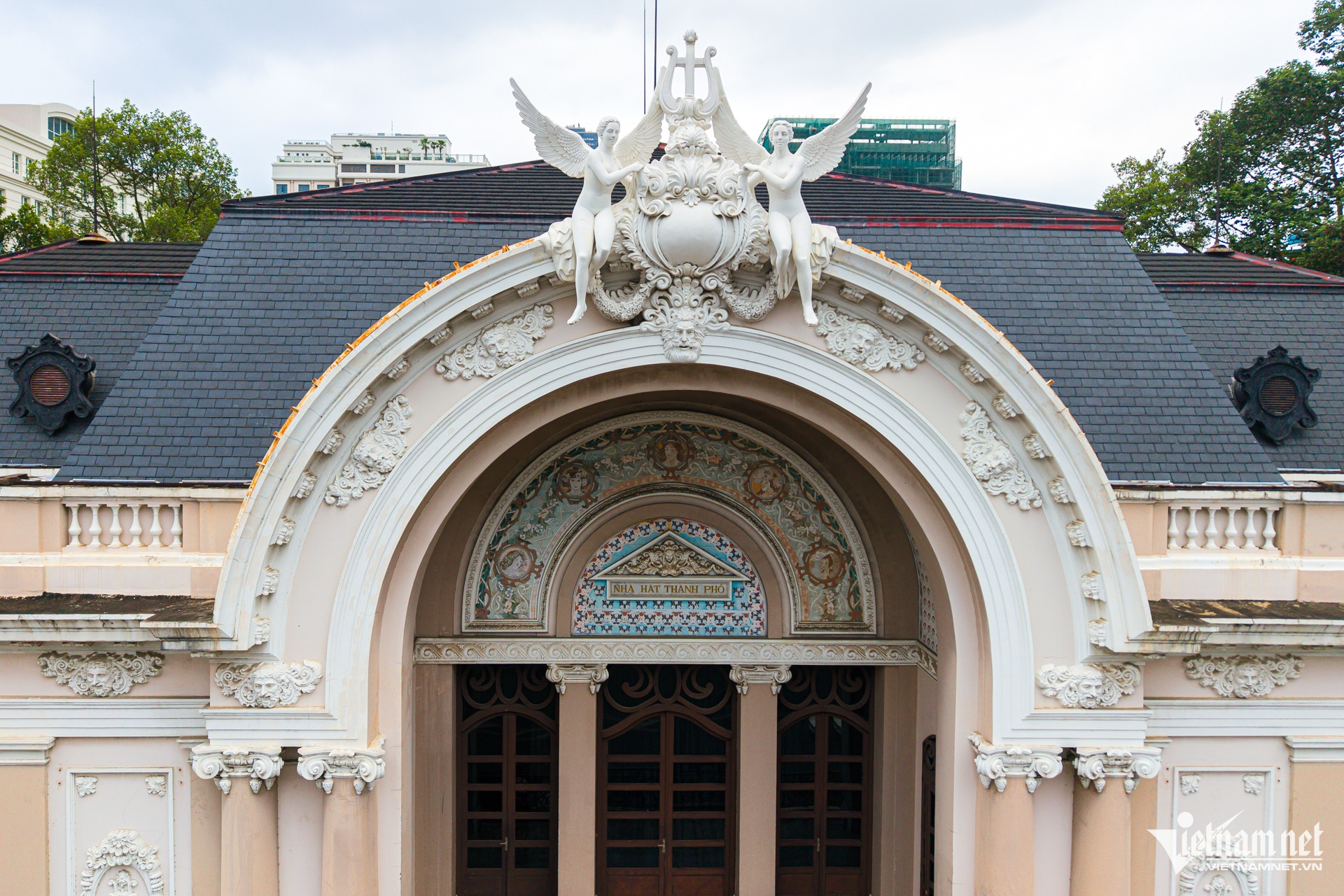
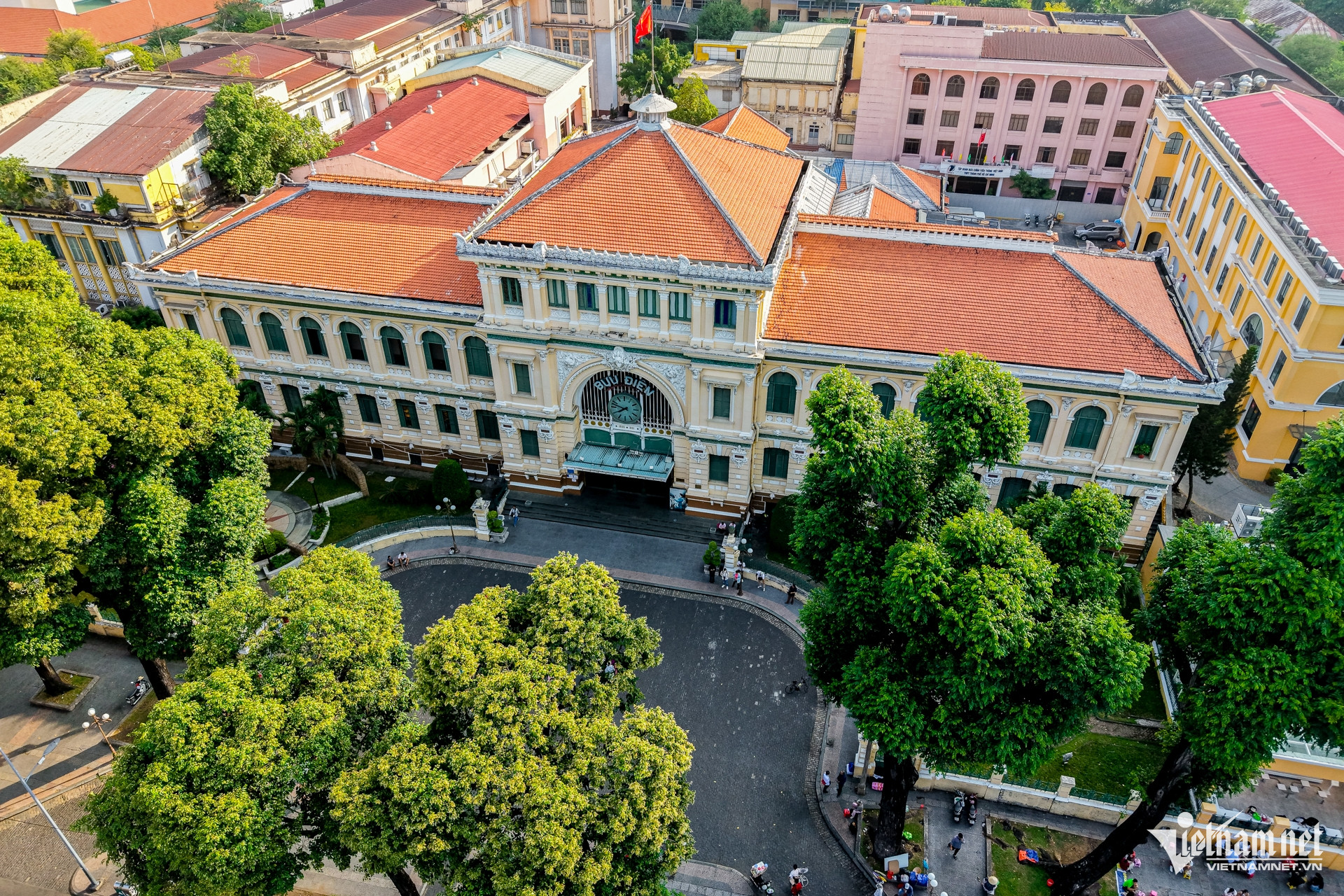
The Central Post Office is one of the typical architectural works, bearing the French imprint, located right next to Notre Dame Cathedral. The building was designed by architect Villedieu and his assistant Foulhoux, standing out with its large dome, arched window system, classic tiled floors and two large historical maps painted on the wall right at the main entrance.

Nha Rong Wharf is a historical witness, marking the first steps of President Ho Chi Minh in his journey to find a way to save the country.
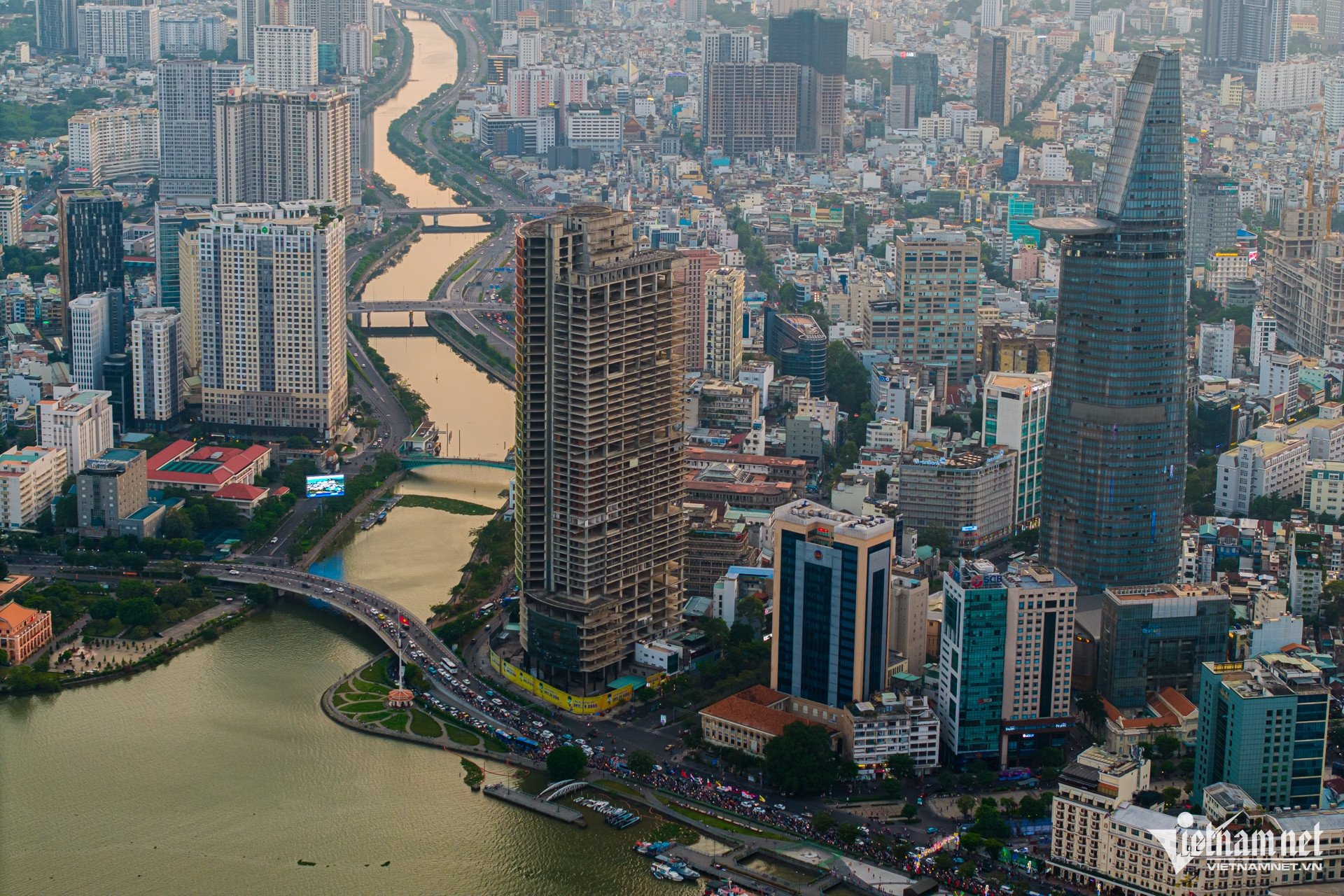
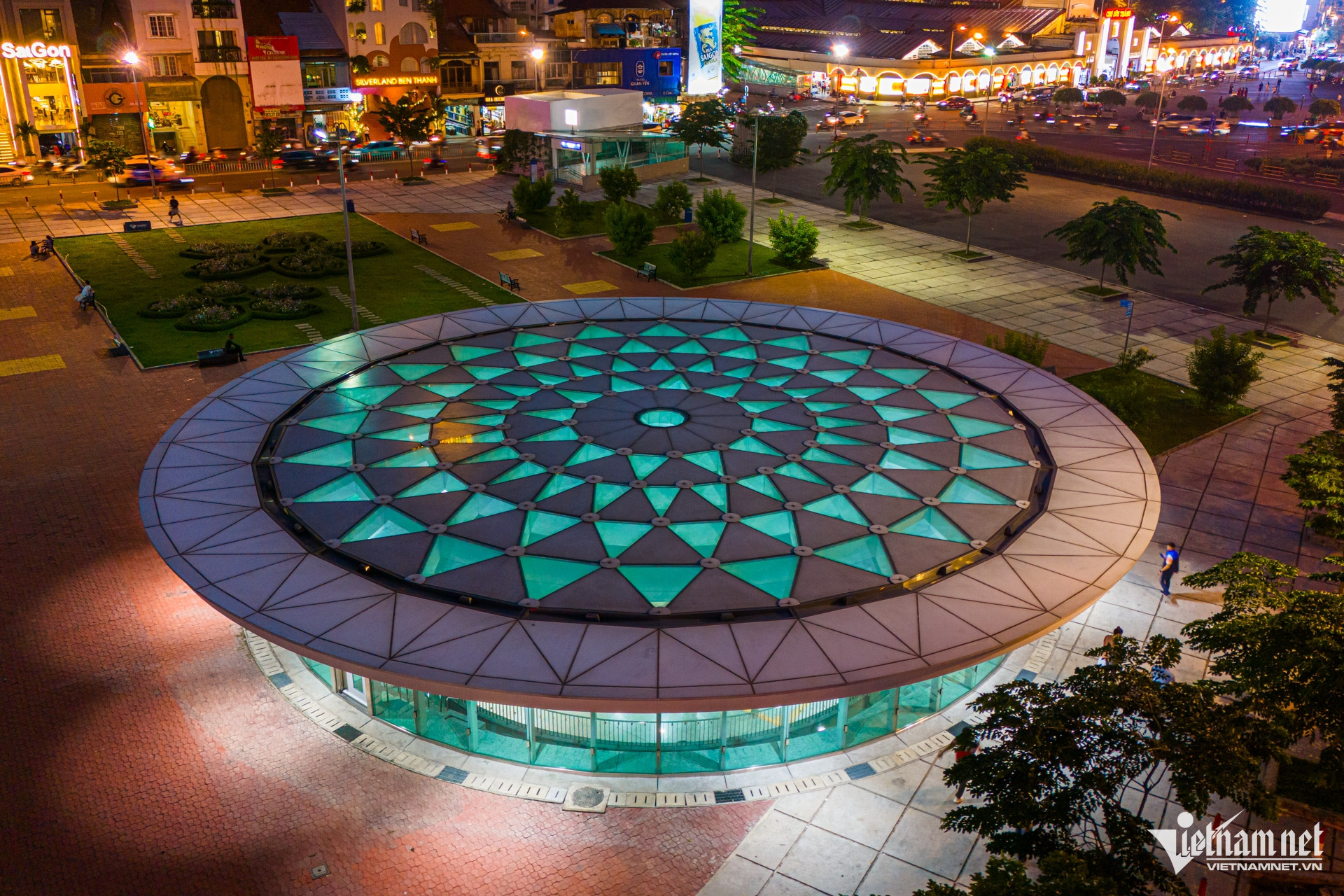
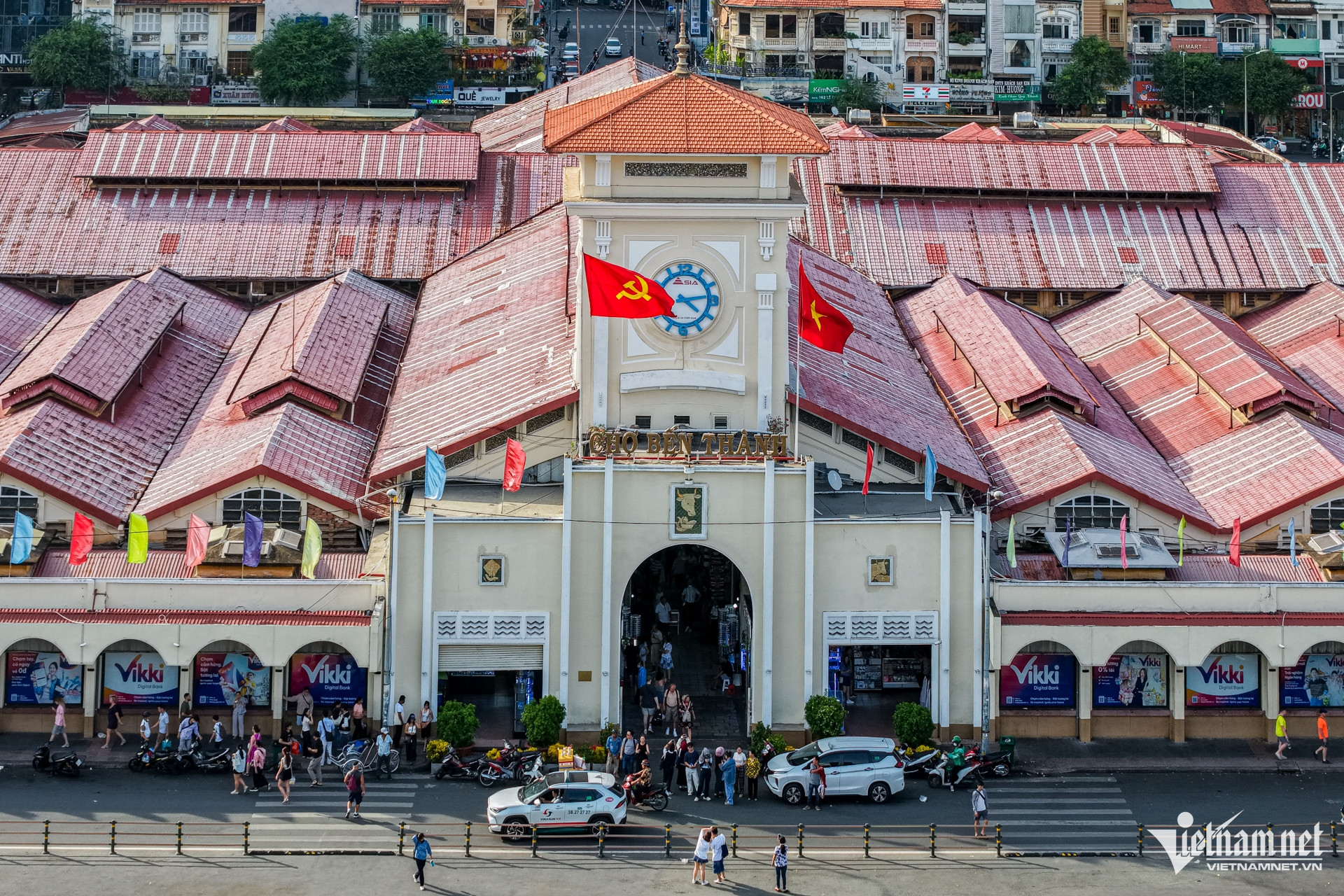
Built in 1914, Ben Thanh Market is not only a trading center but also a cultural heritage of the city, witnessing many ups and downs of history. Ben Thanh Market has witnessed many changes and become a living proof of the history and development of Ho Chi Minh City.
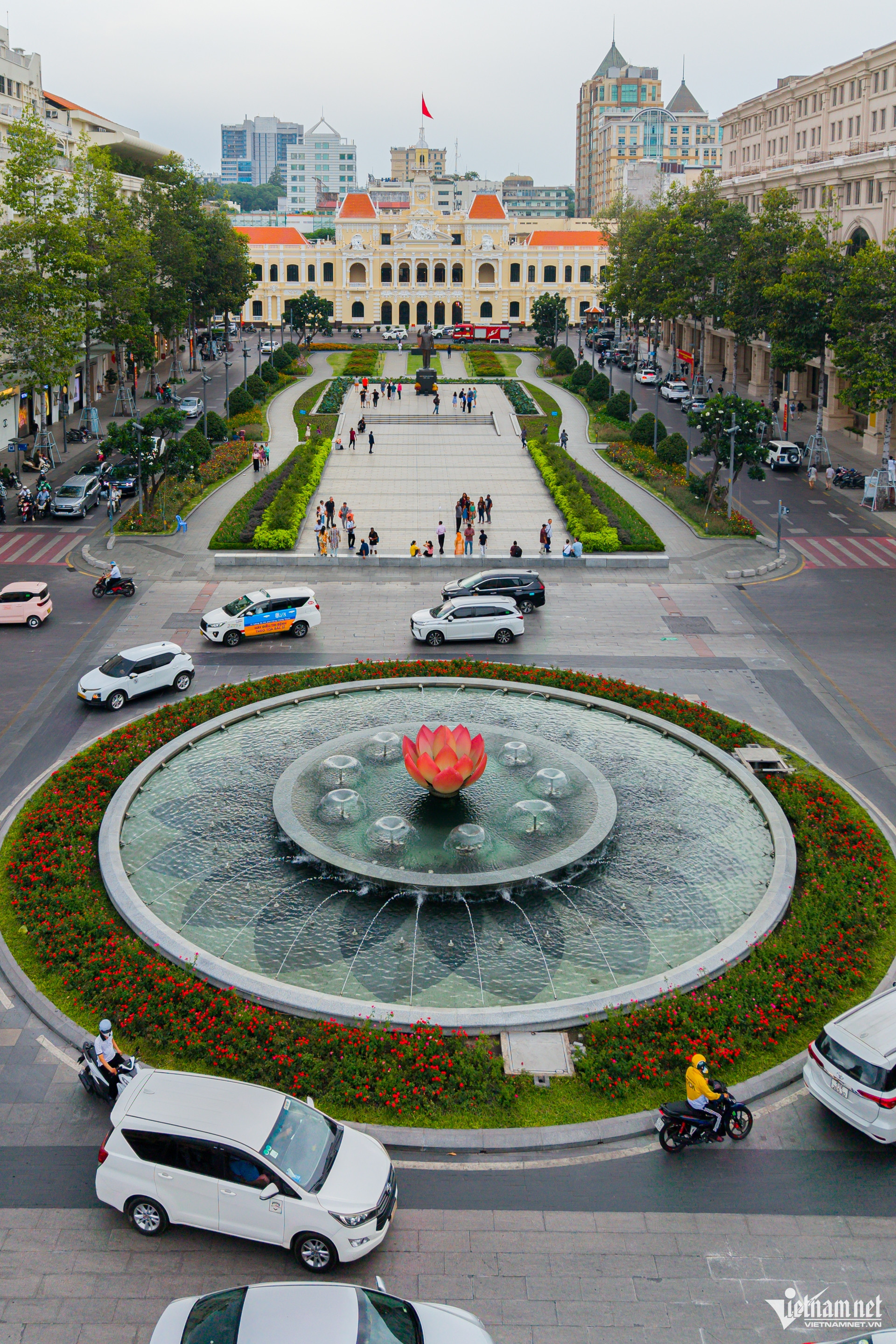
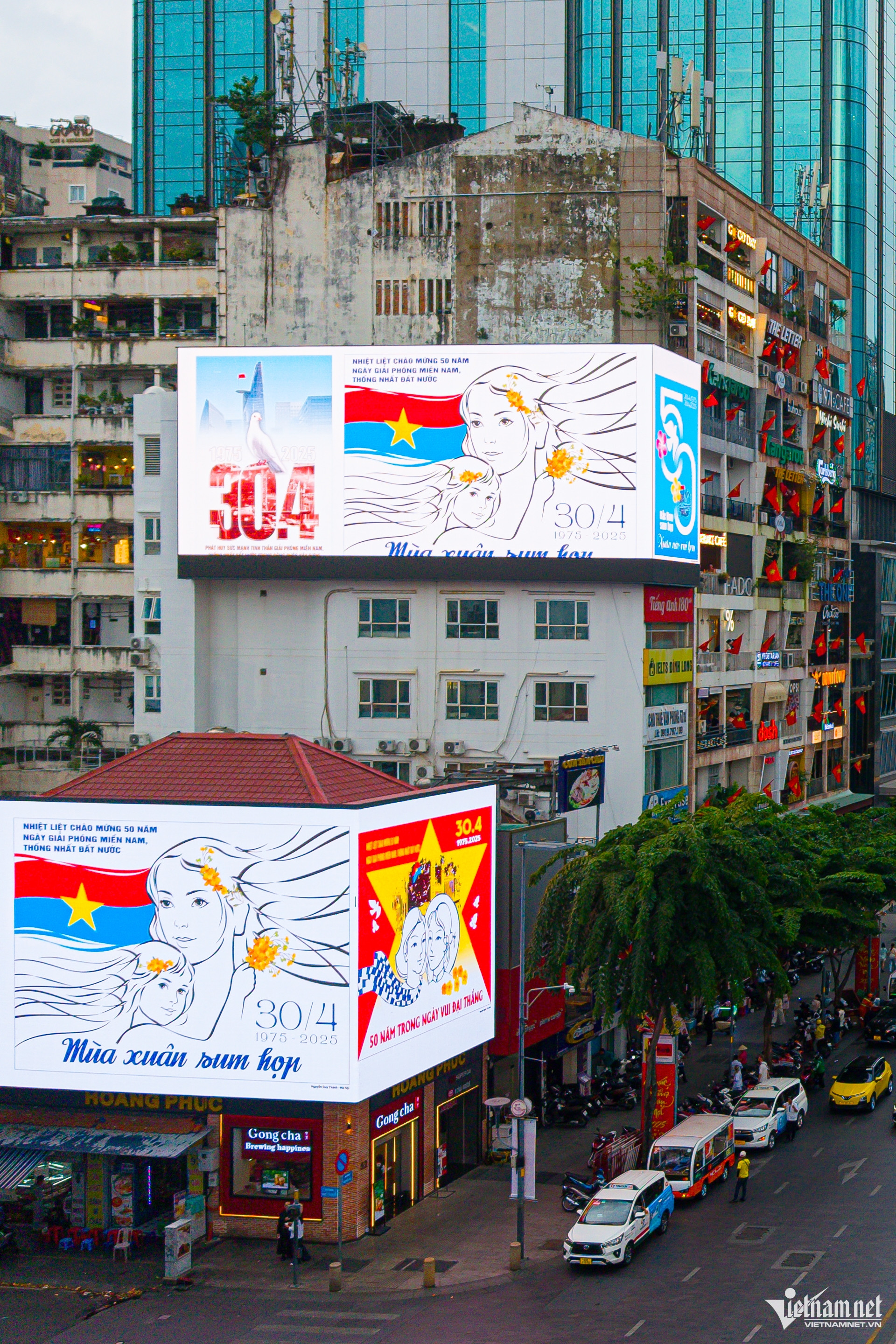
Ho Chi Minh City in the historic April days is more bustling than ever when everywhere is bright with flags and flowers.
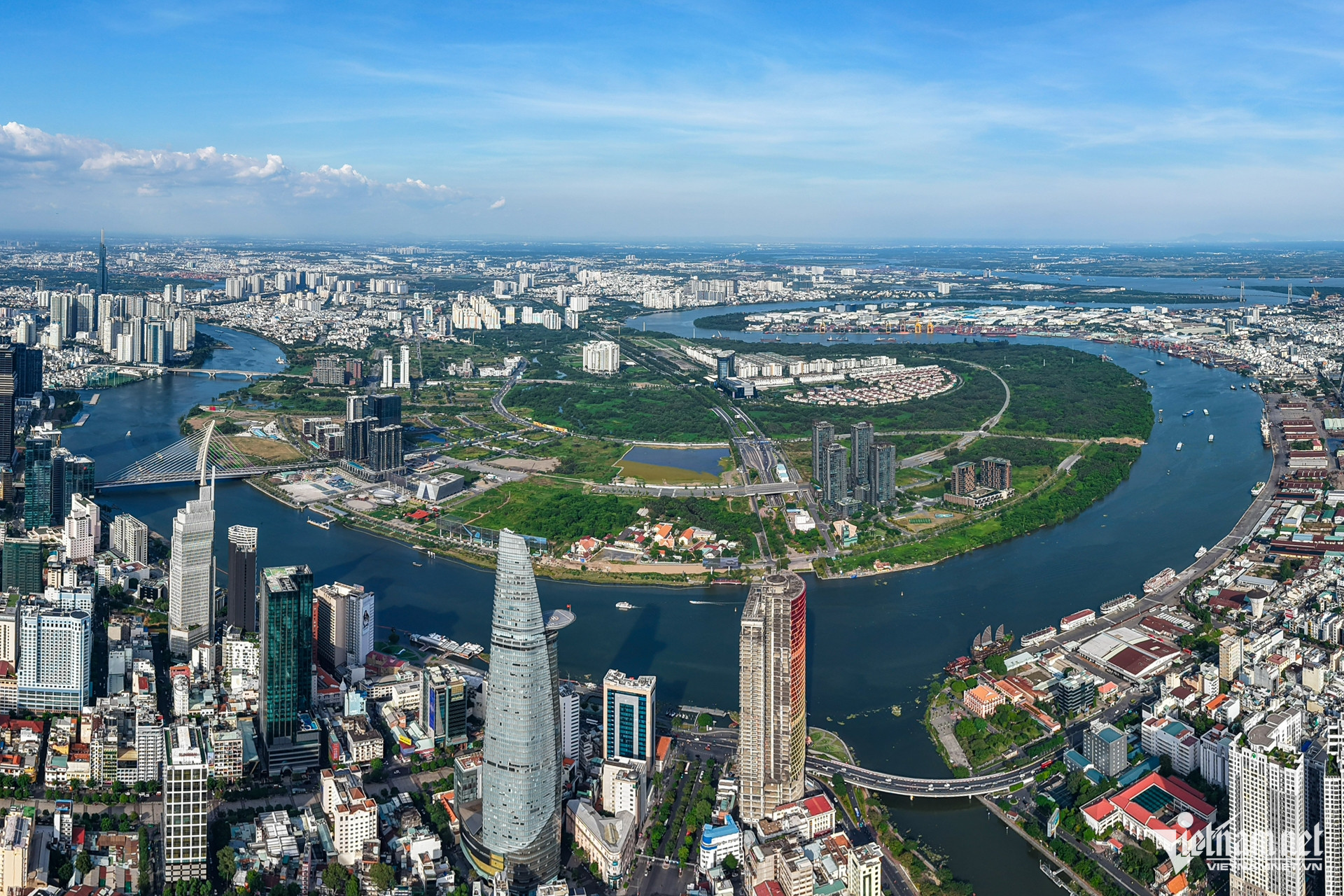
From a city with historical imprints, Ho Chi Minh City is gradually transforming strongly to become the financial - technological - creative center of Southeast Asia. Seen from above, a series of high-rise buildings, impressive modern symbols mark the Saigon River.
With rapid urbanization and methodical investment policies, Ho Chi Minh City has continuously affirmed its role as the country's economic locomotive, ready to pioneer into a new era - an era of striving for rich and prosperous development.
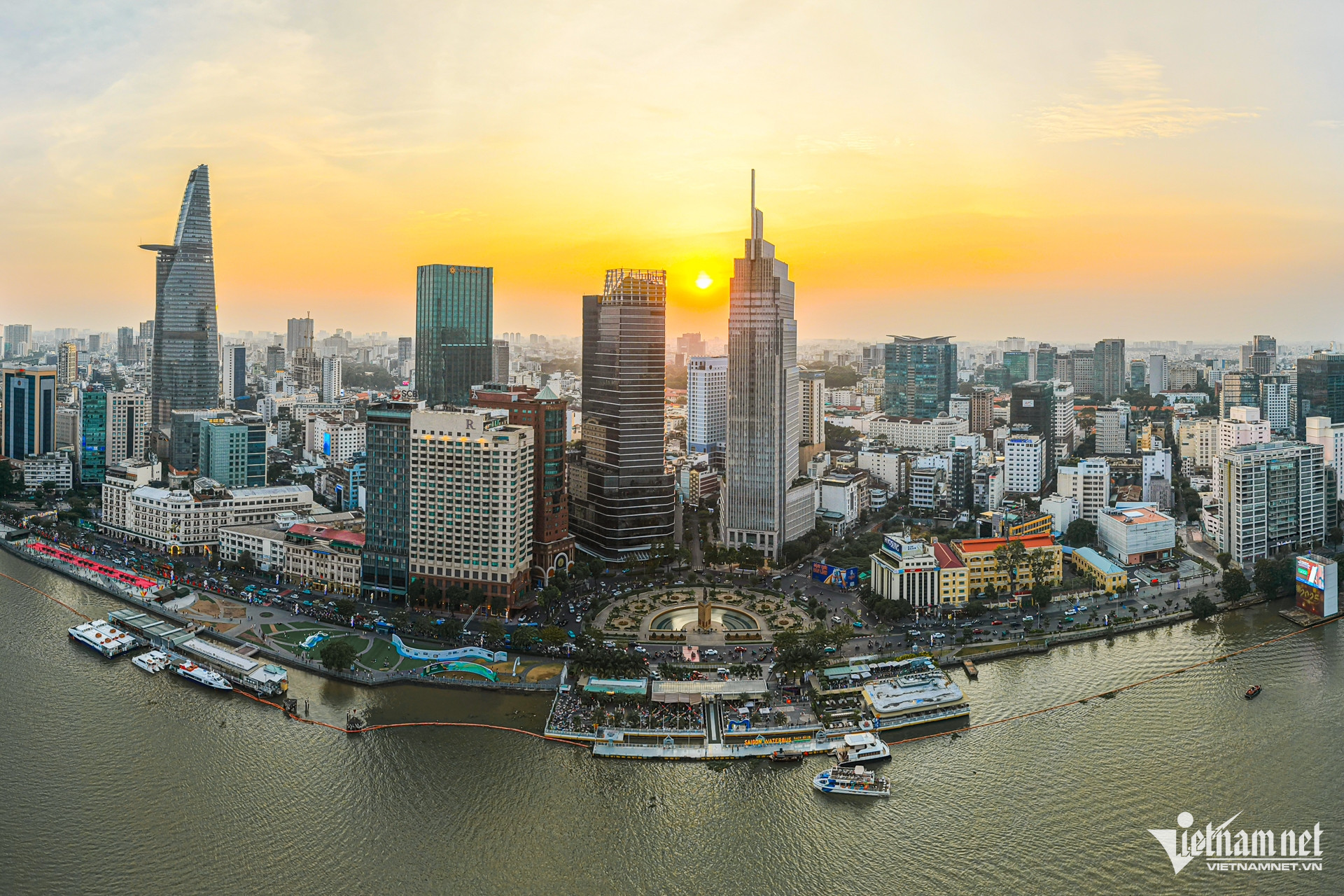
Me Linh Square, District 1, is considered the "heart" of the West bank of the Saigon River. This is the intersection of 6 streets (from left to right) including Ton Duc Thang, Ngo Duc Ke, Ho Huan Nghiep, Phan Van Dat, Hai Ba Trung and Thi Sach, around the roundabout are concentrated many office buildings, high-class hotels and in the middle is an artificial lake with a statue of Tran Hung Dao.
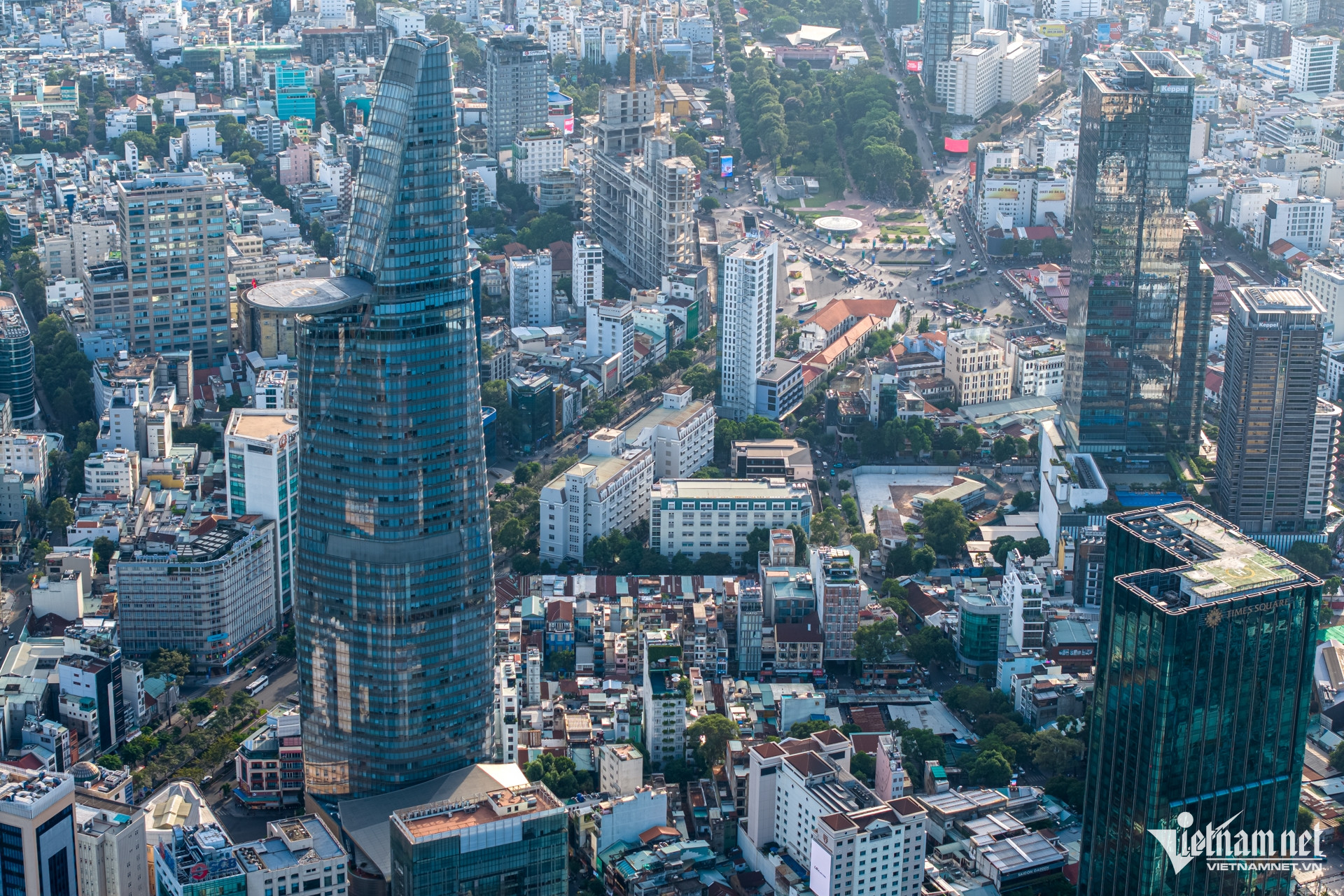
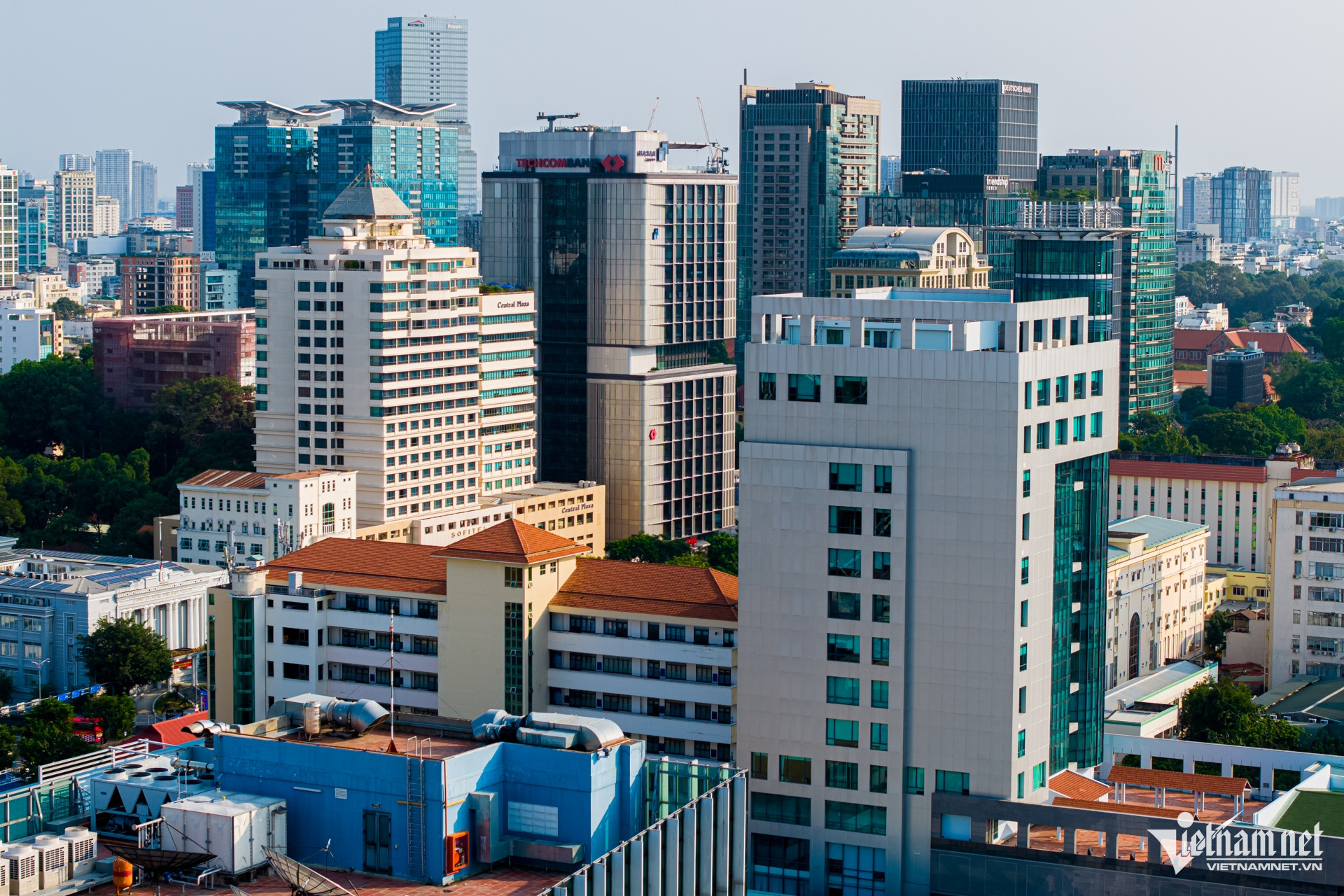
High-rise buildings and smart urban areas depict a youthful and modern city.
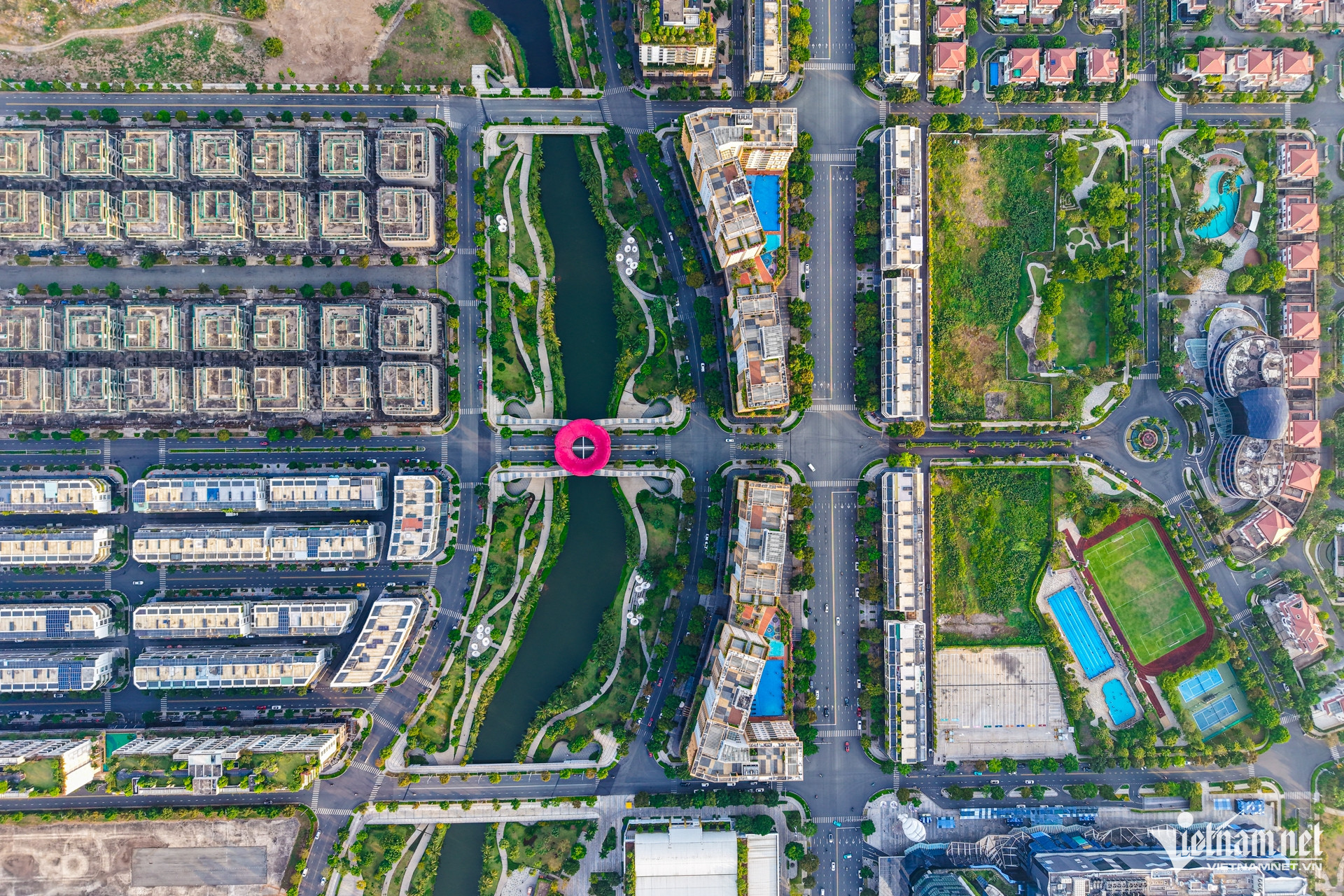
Impressive Sala urban area - the first high-end residential area in Thu Thiem (Thu Duc City) with a large green park space and a synchronous utility system. This place contributes to the strategy of developing a sustainable city, where nature blends with modernity.
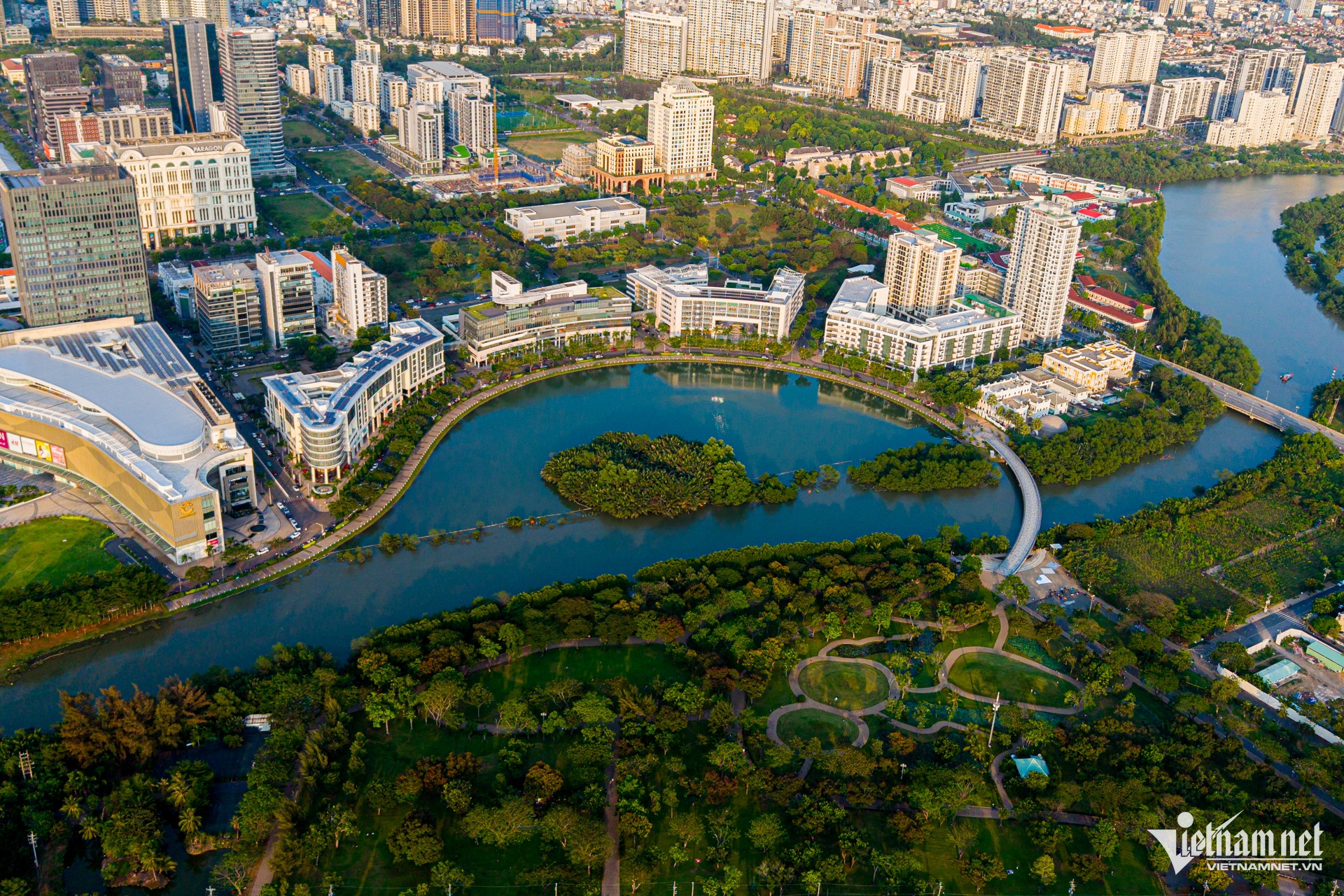
Phu My Hung Urban Area (District 7) is the first model urban area in the country. Up to now, Phu My Hung has become a financial, commercial, service, industrial, educational center... in the southern area of Ho Chi Minh City.
In the picture, Crescent Lake is built to simulate Singapore Bay, where it acts as a "community heart" connecting and harmonizing with the entire South Saigon urban area.
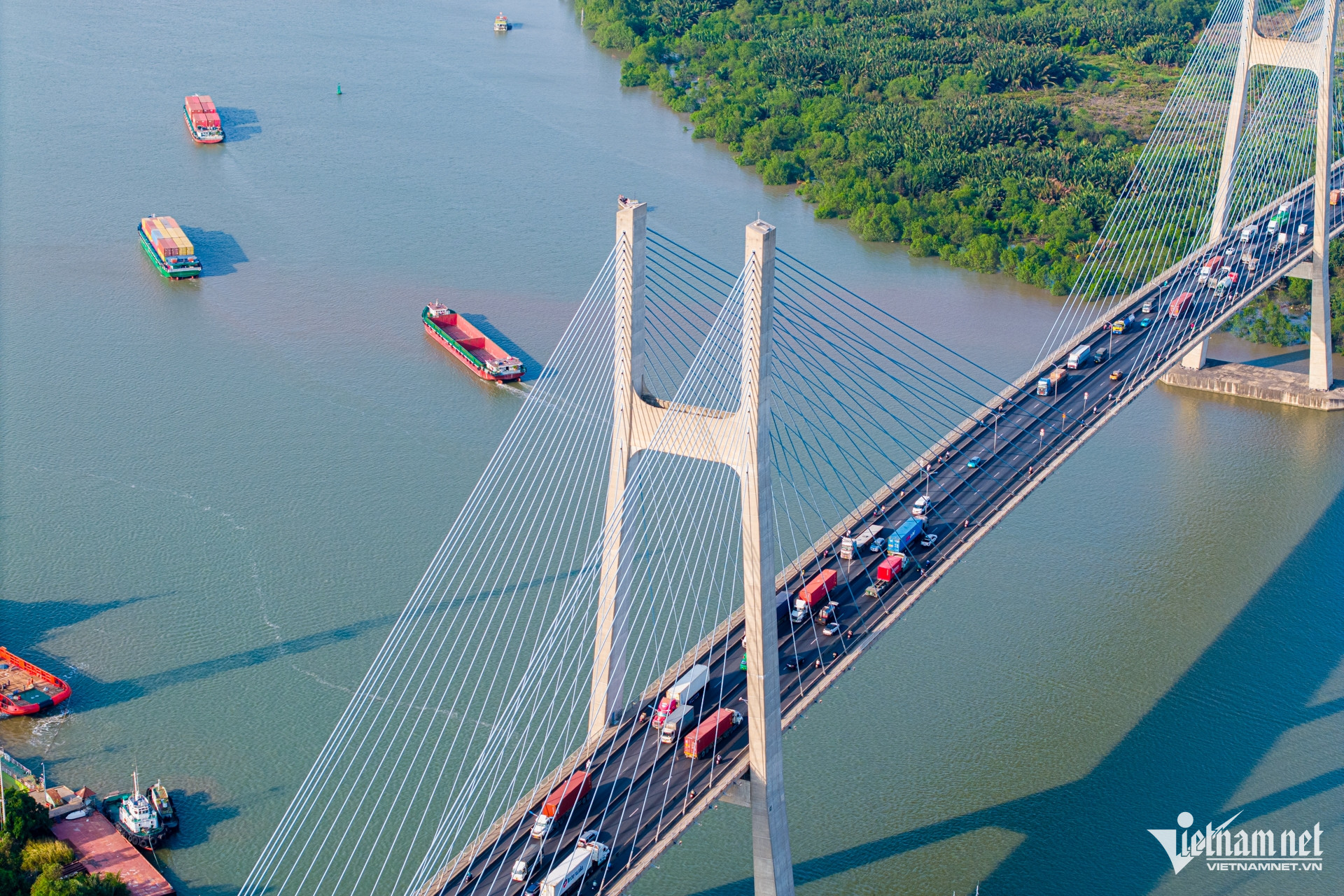
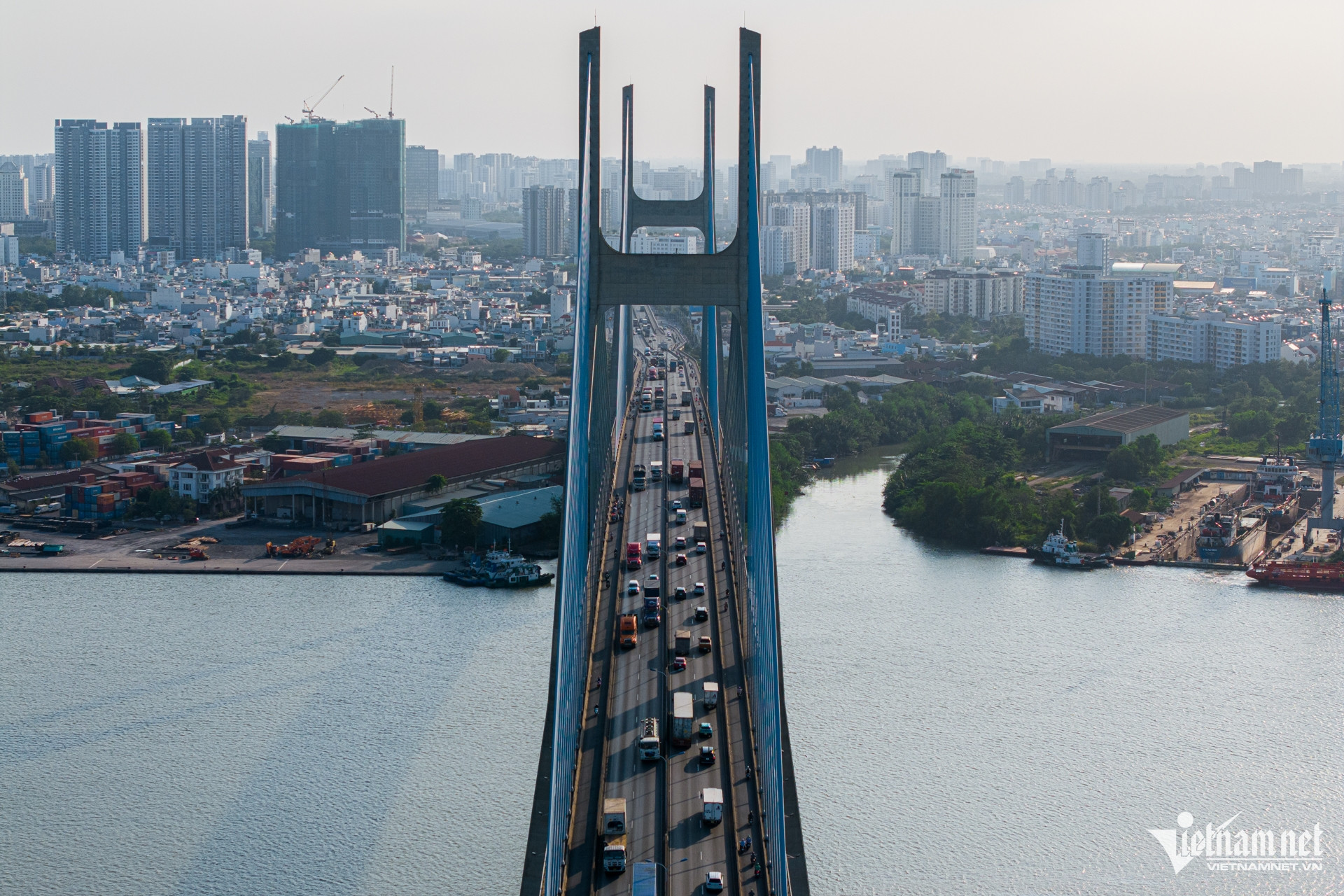
The diverse transportation system from roads, waterways to urban railways... is increasingly marking the city named after Uncle Ho. In the photo, Phu My Bridge - the largest cable-stayed bridge in Ho Chi Minh City connecting District 7 with Thu Duc City stands out on the green river.
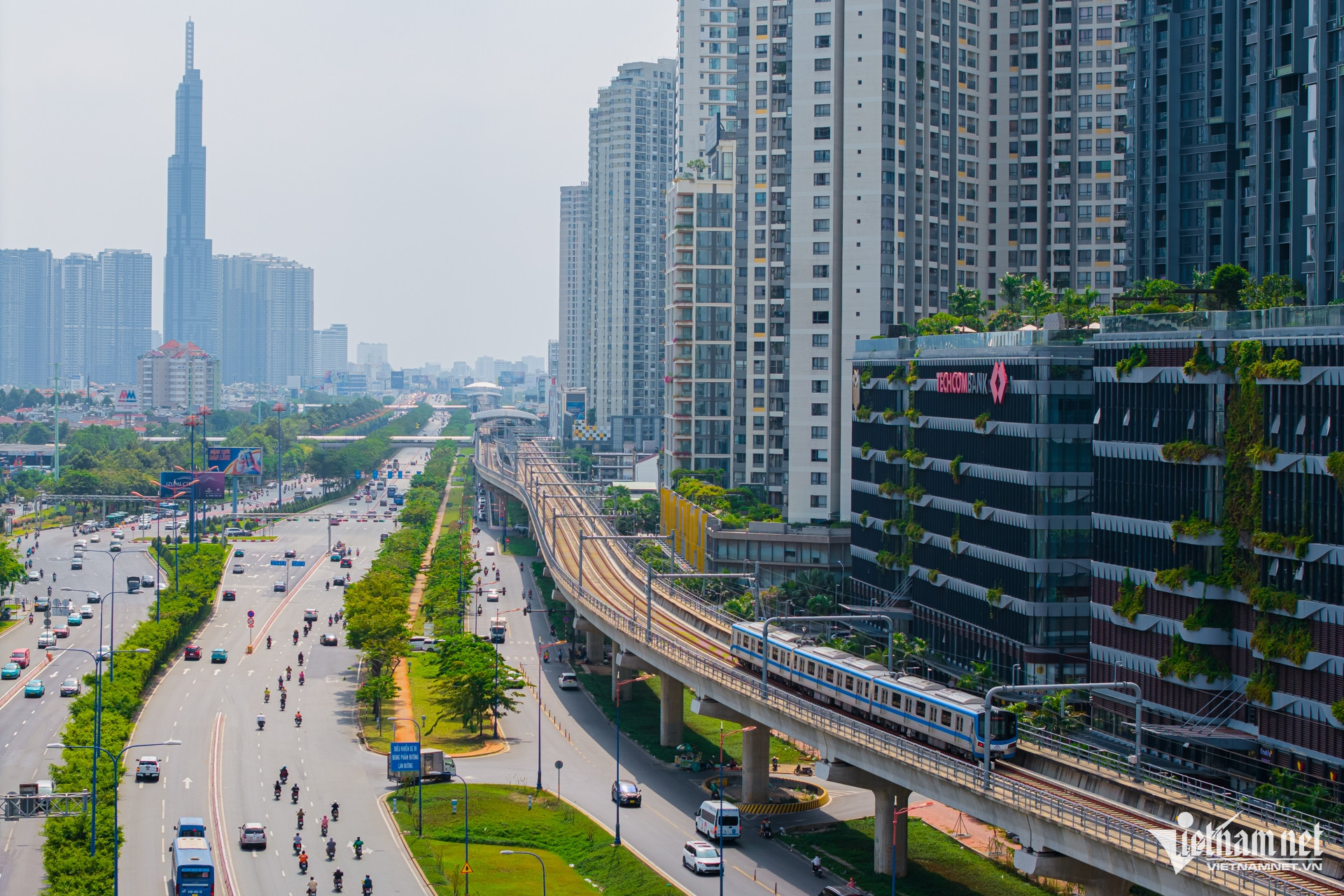
Metro Line 1 Ben Thanh - Suoi Tien will officially come into operation at the end of 2024, marking a new step in the development of Ho Chi Minh City's transport infrastructure. With a total investment of about 43,700 billion VND, Metro Line 1 is 19.7 km long, passing through 3 underground stations and 11 elevated stations, connecting the center of District 1 with the eastern part of the city.
The expectation of a civilized, modern city with a green, worthy public transport system and many amenities is gradually being realized.
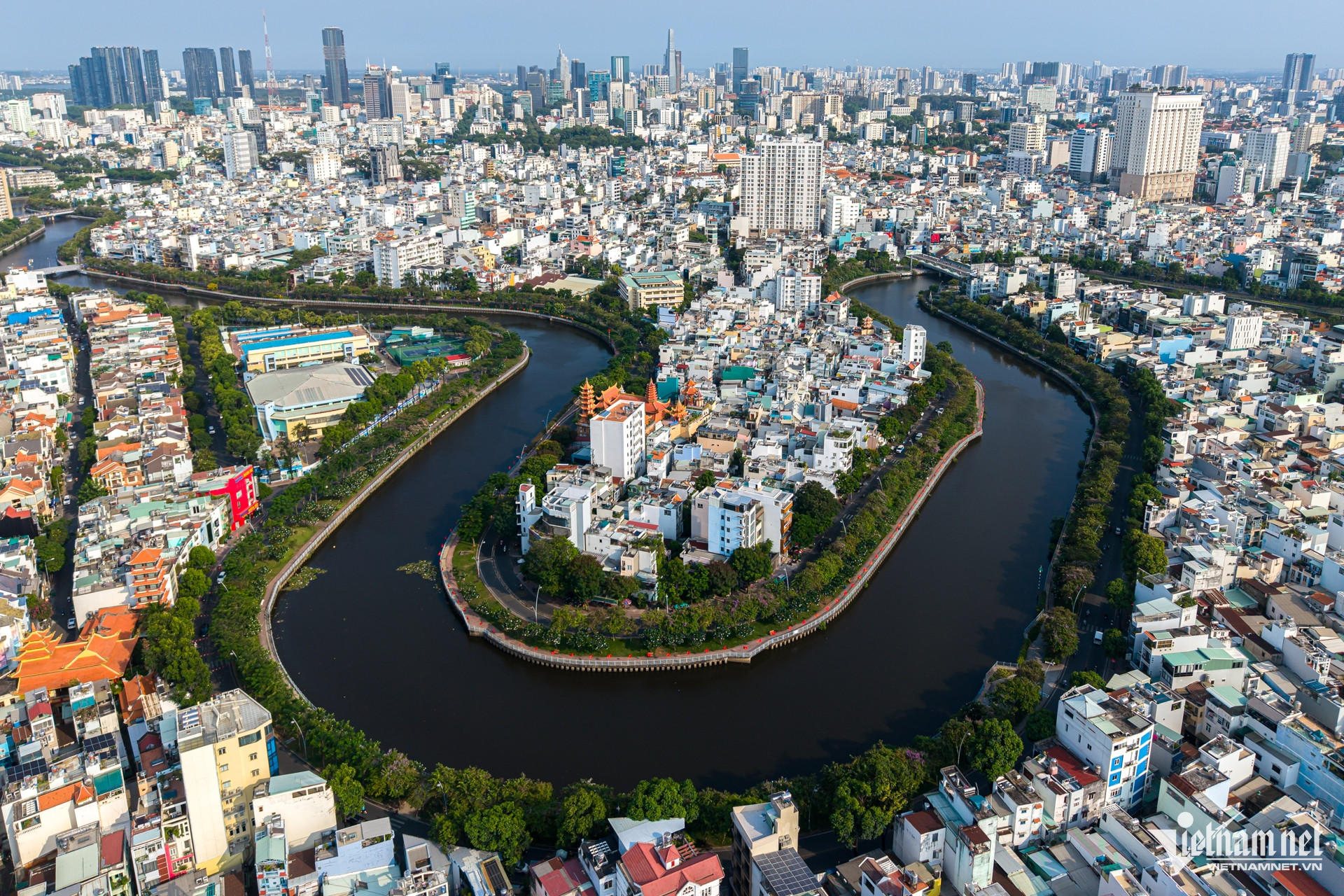
Nhieu Loc - Thi Nghe Canal, nearly 10 km long, flows through districts 1, 3, Binh Thanh, Phu Nhuan, Tan Binh, and empties into the Saigon River.
In 1993, Ho Chi Minh City began to renovate the canal and build two routes, Hoang Sa and Truong Sa, running along the canal with a total investment of more than VND8,600 billion. When the project was implemented, thousands of dilapidated houses were cleared and resettled for nearly 7,000 households. The canal was dredged with nearly 1.1 million cubic meters of soil, nearly 16 kilometers of embankments were installed, 9 kilometers of sewer lines were constructed, bridges were reinforced, high-capacity pumps were installed, roads on both sides were built...
Up to now, the green canal flowing around the inner city is not only an urban highlight but also improves the environment and beautifies the urban area.
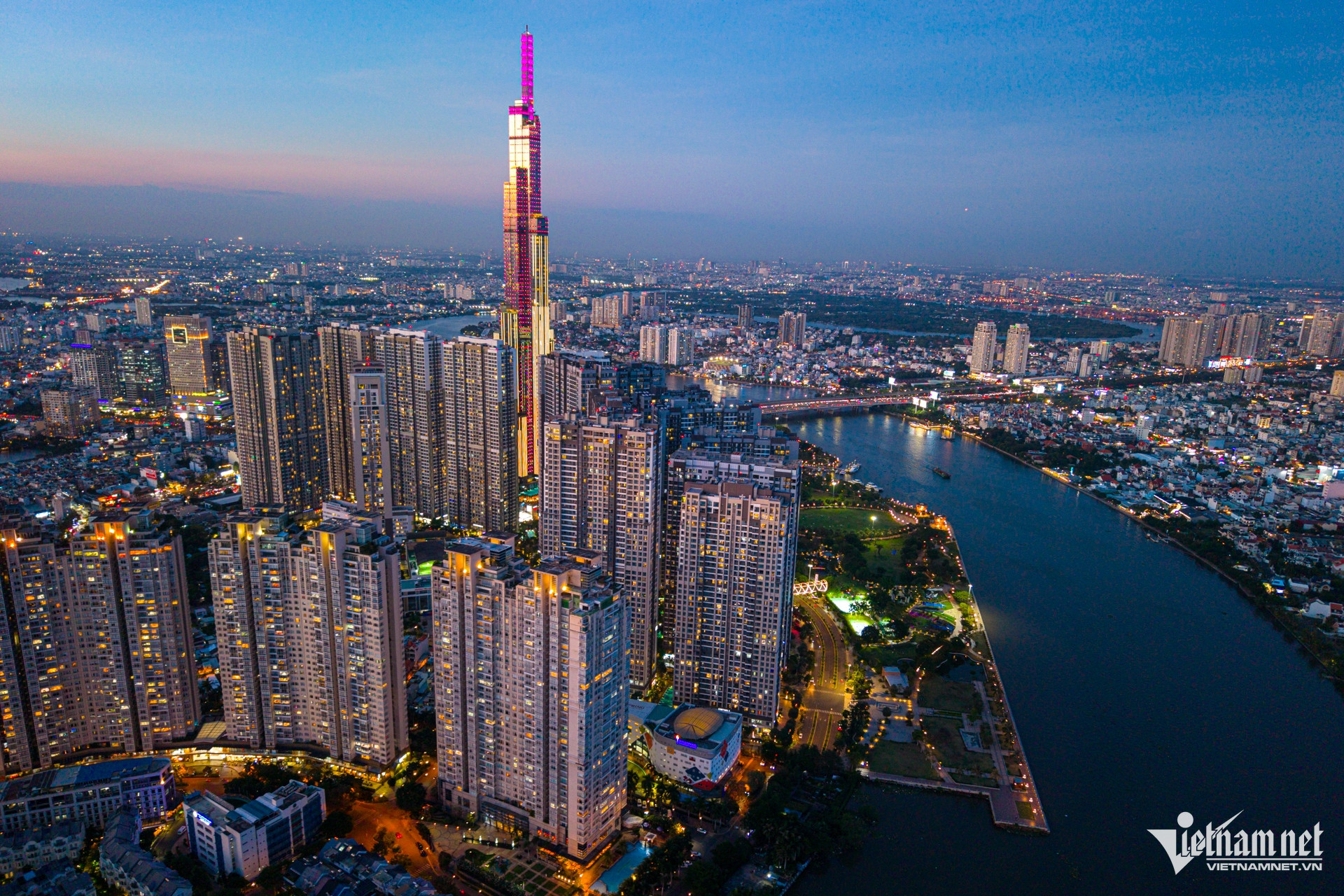
Over the past 50 years, from a place of hardship after the war, it has risen to become a major economic center, considered a city of modern high-rise buildings, Ho Chi Minh City deserves the name "Pearl of the Far East".
Nguyen Hue - Vietnamnet.vn
Source: https://vietnamnet.vn/do-thi-tphcm-hien-dai-sau-50-nam-dat-nuoc-thong-nhat-2396453.html


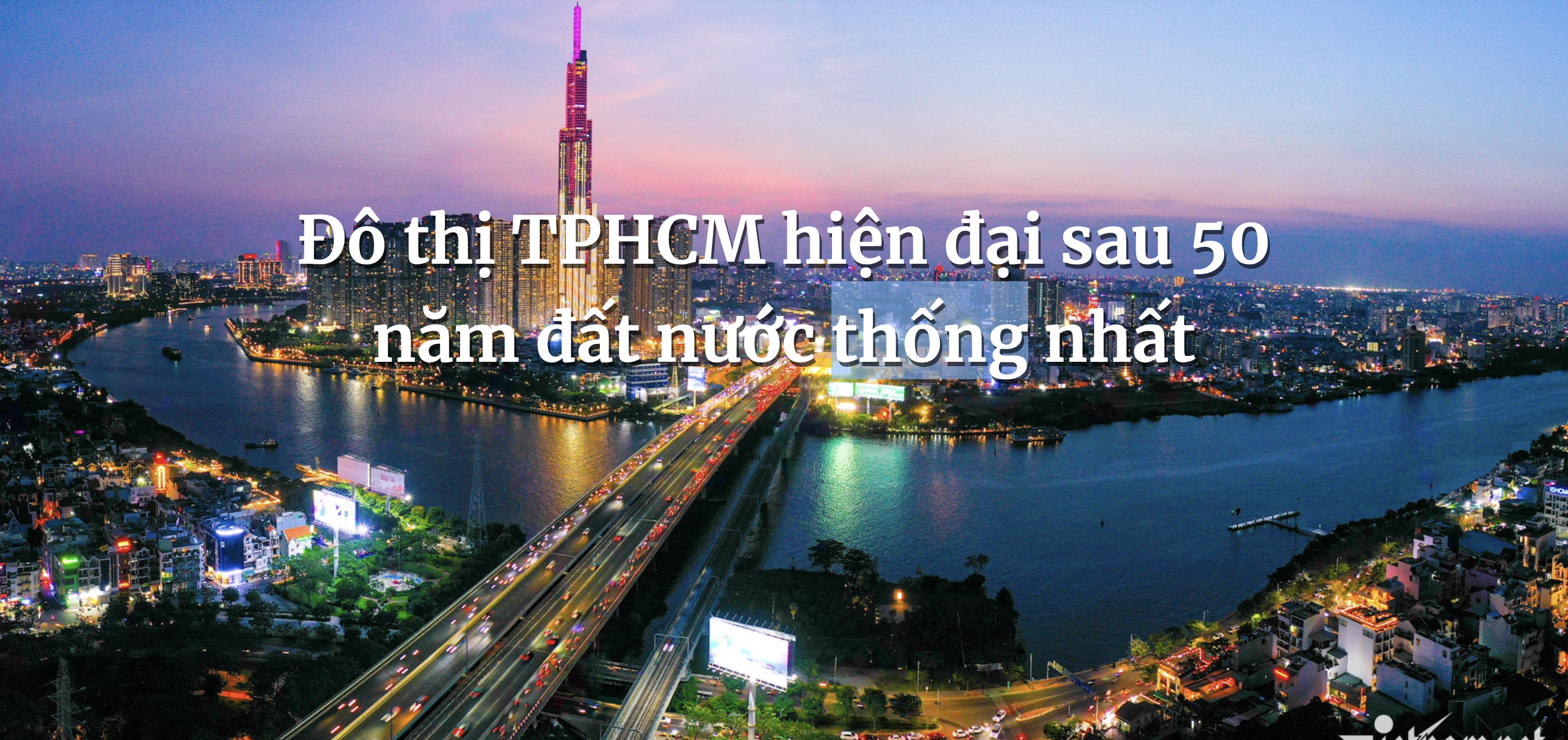










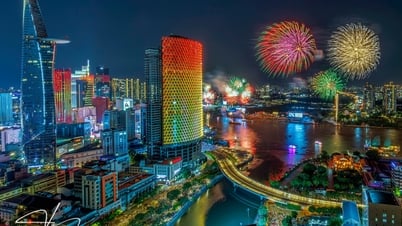

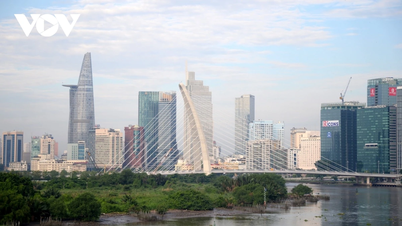



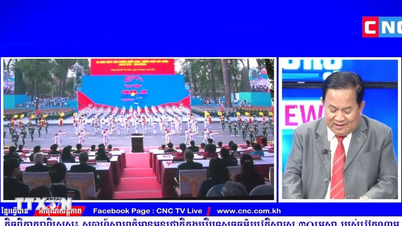

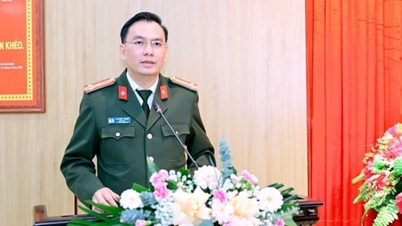

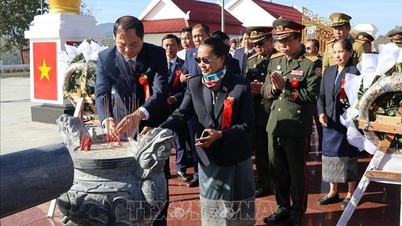

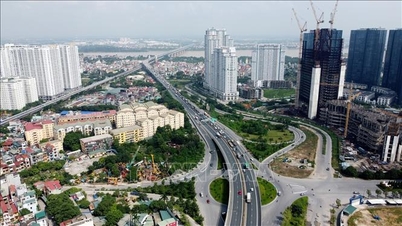
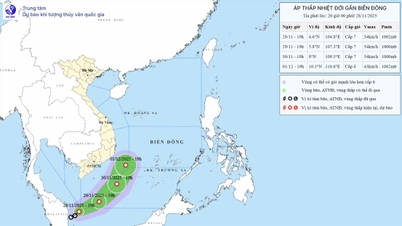

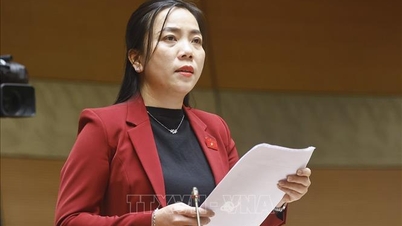





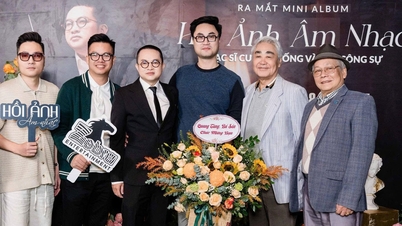
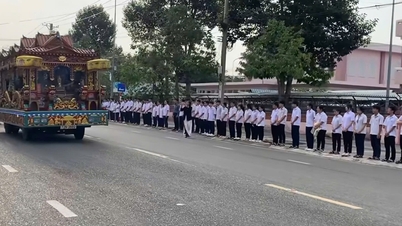
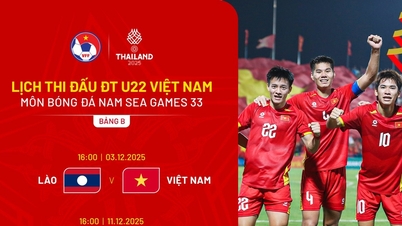


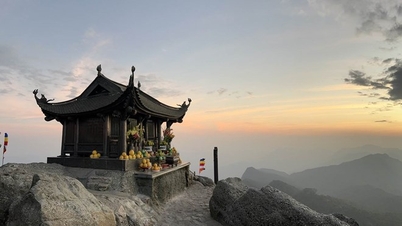

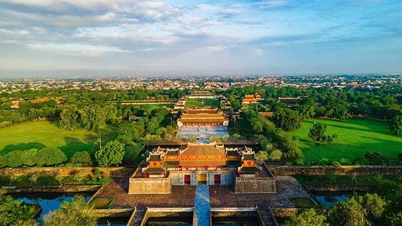

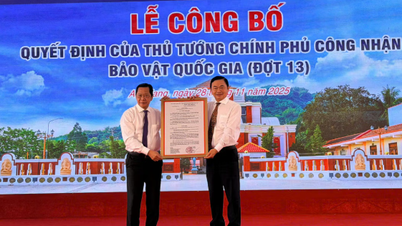

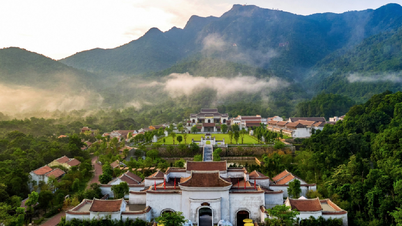

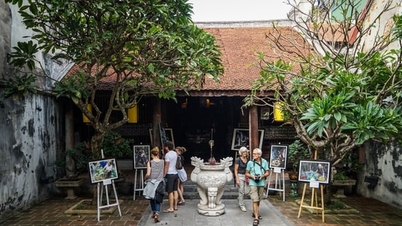

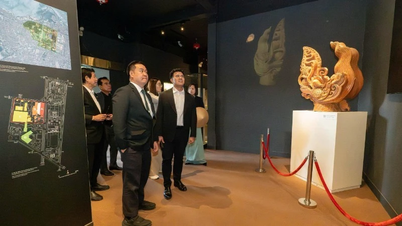




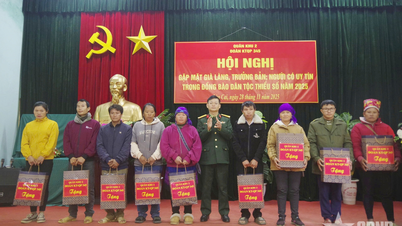

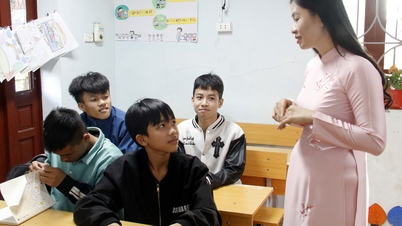
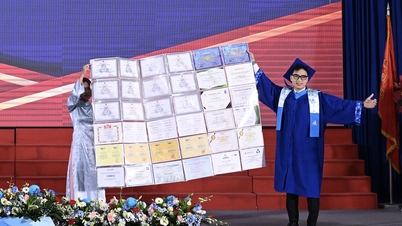

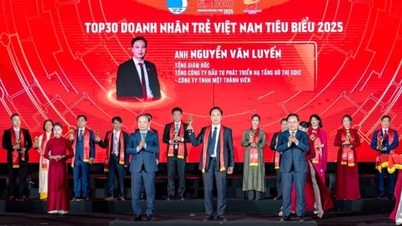








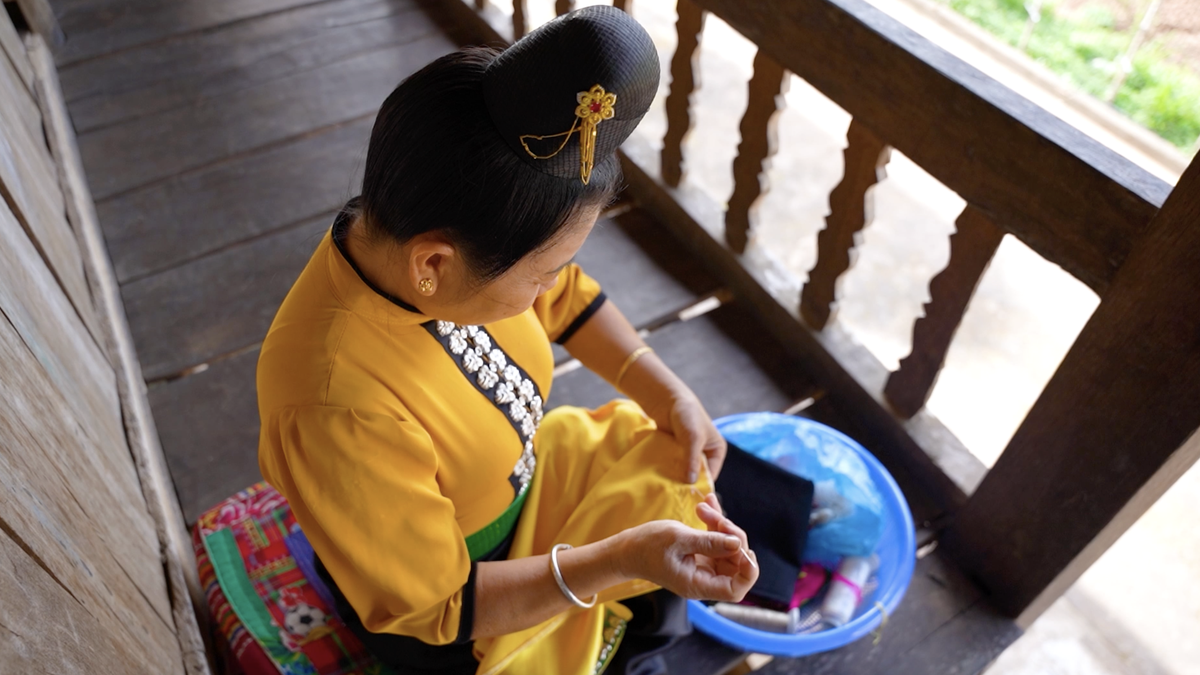

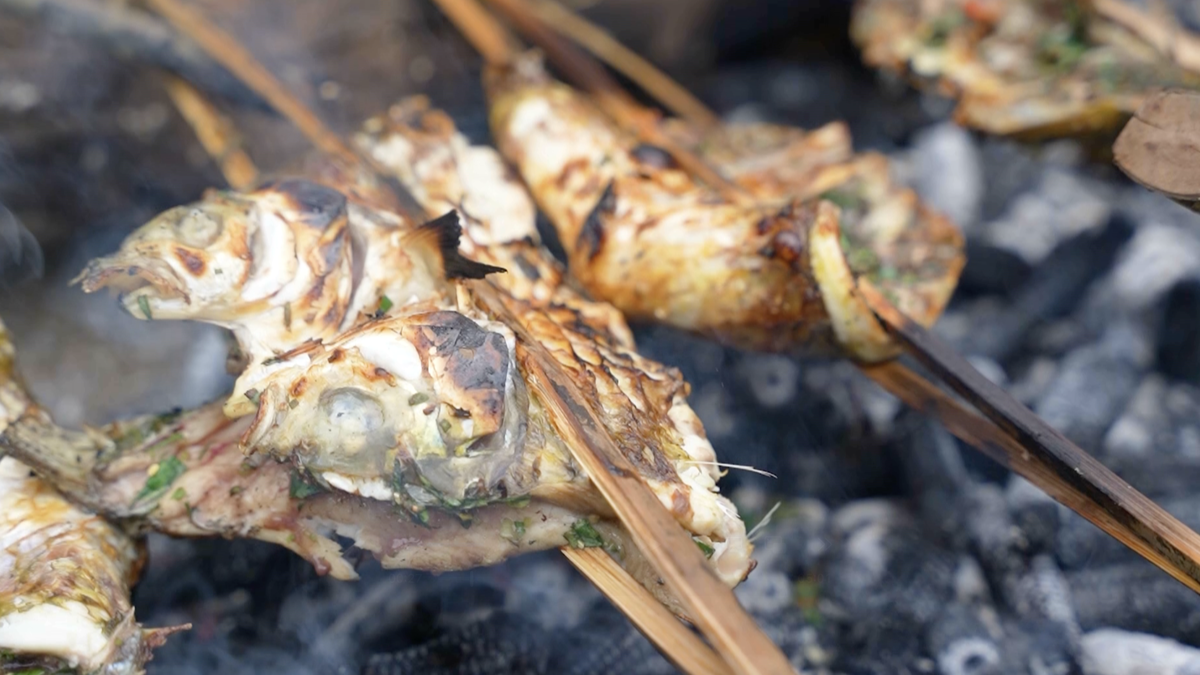
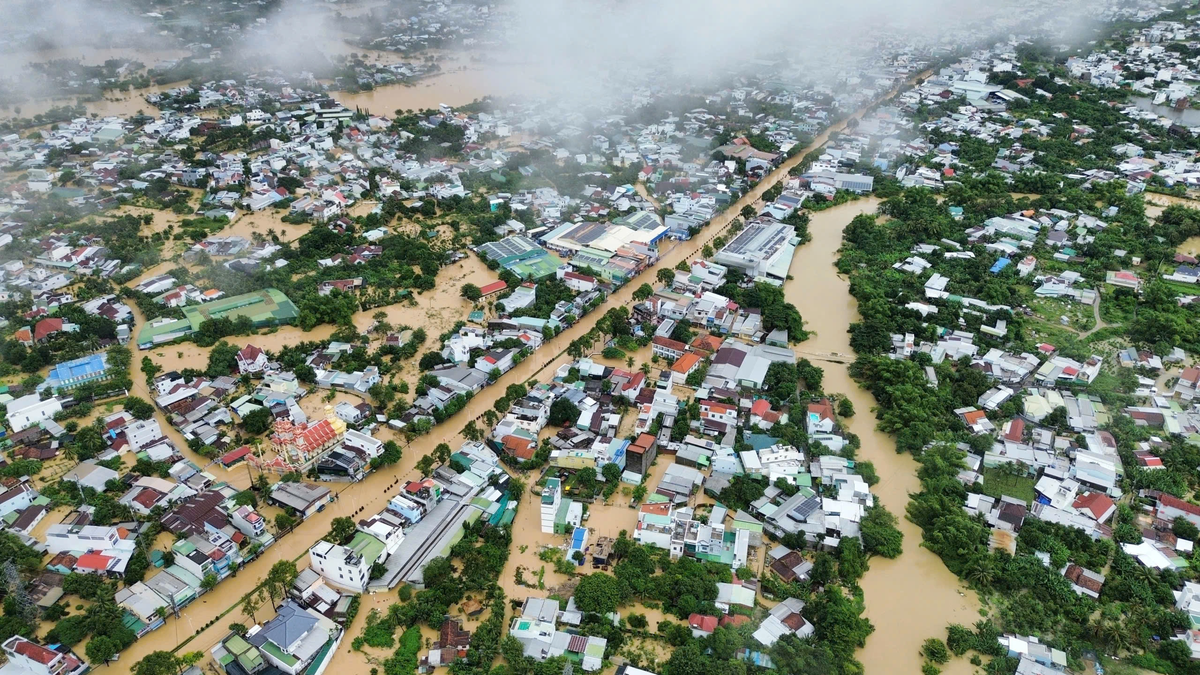
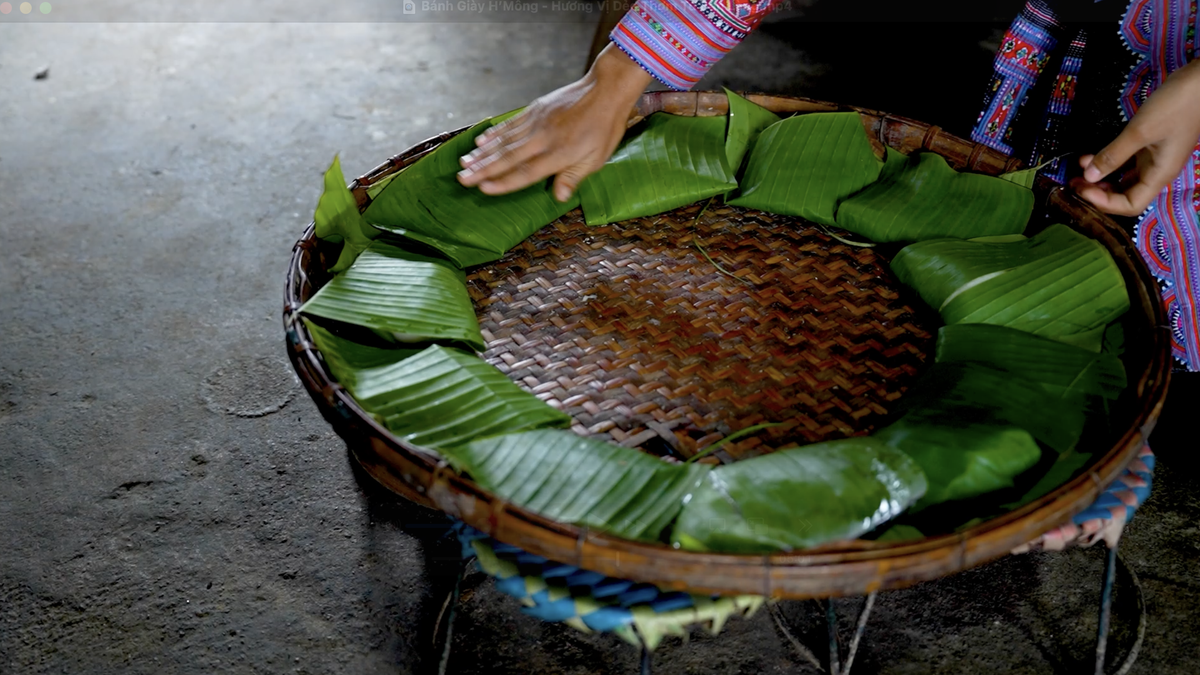



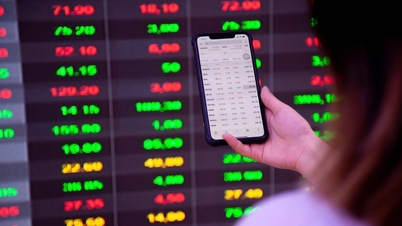
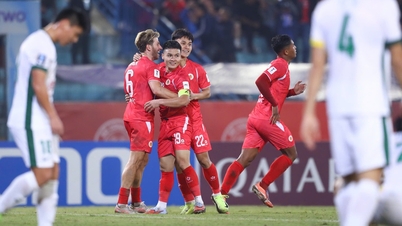
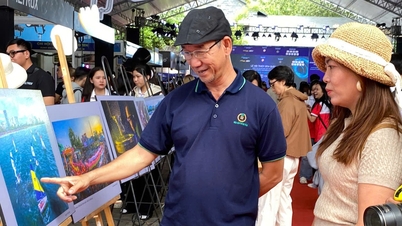
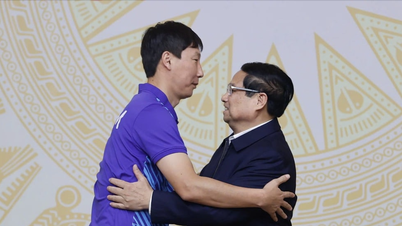




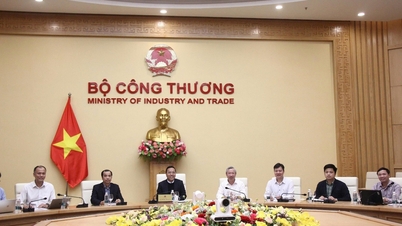

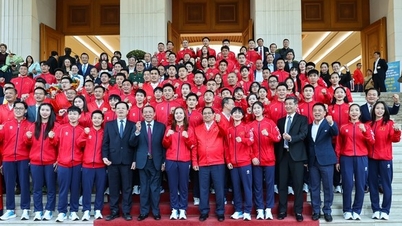
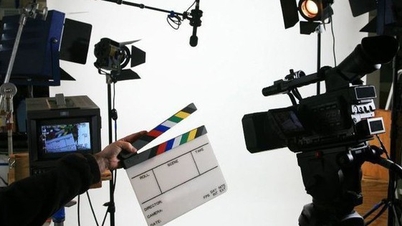

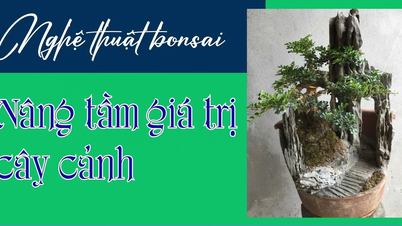

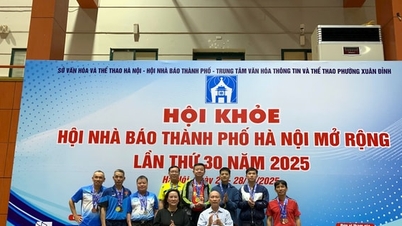
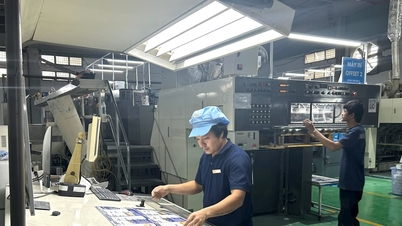

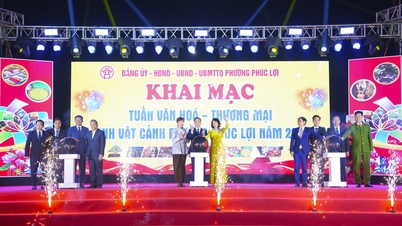


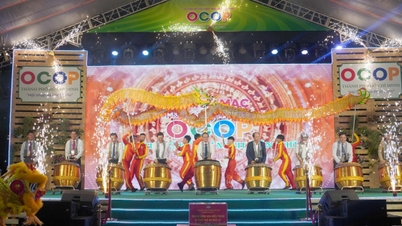

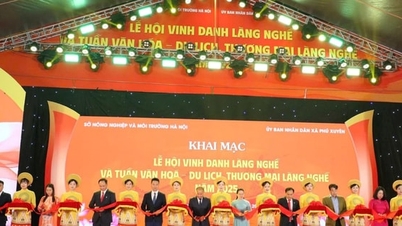



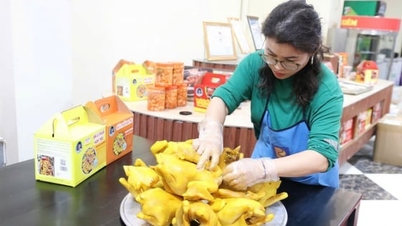


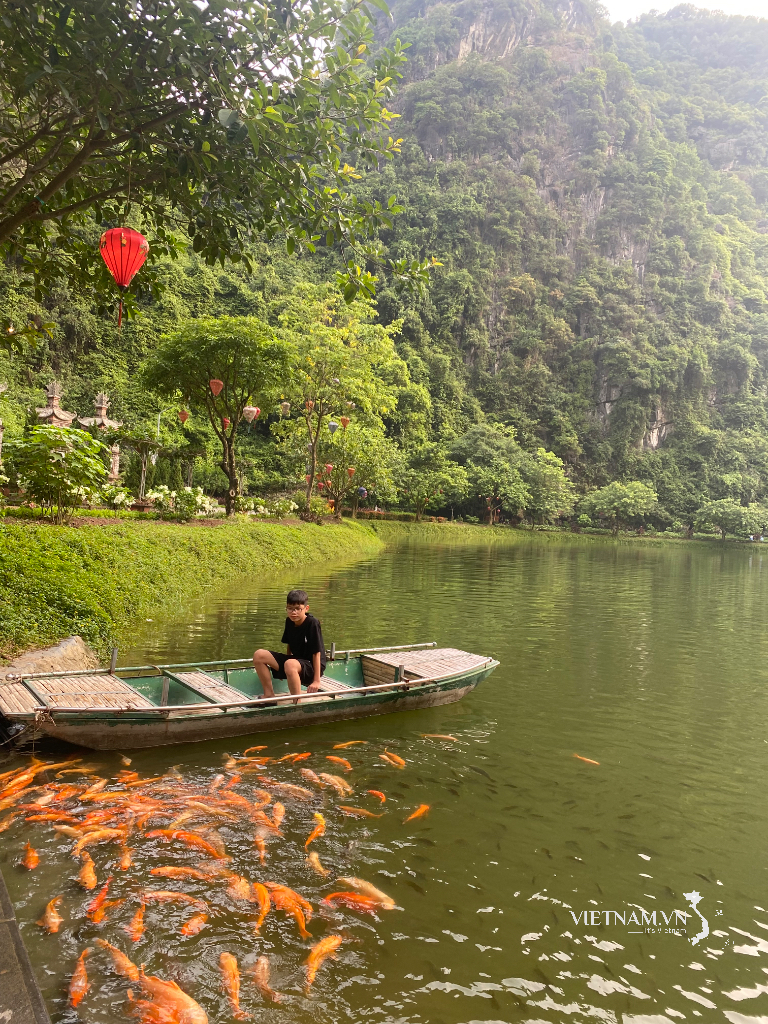



Comment (0)